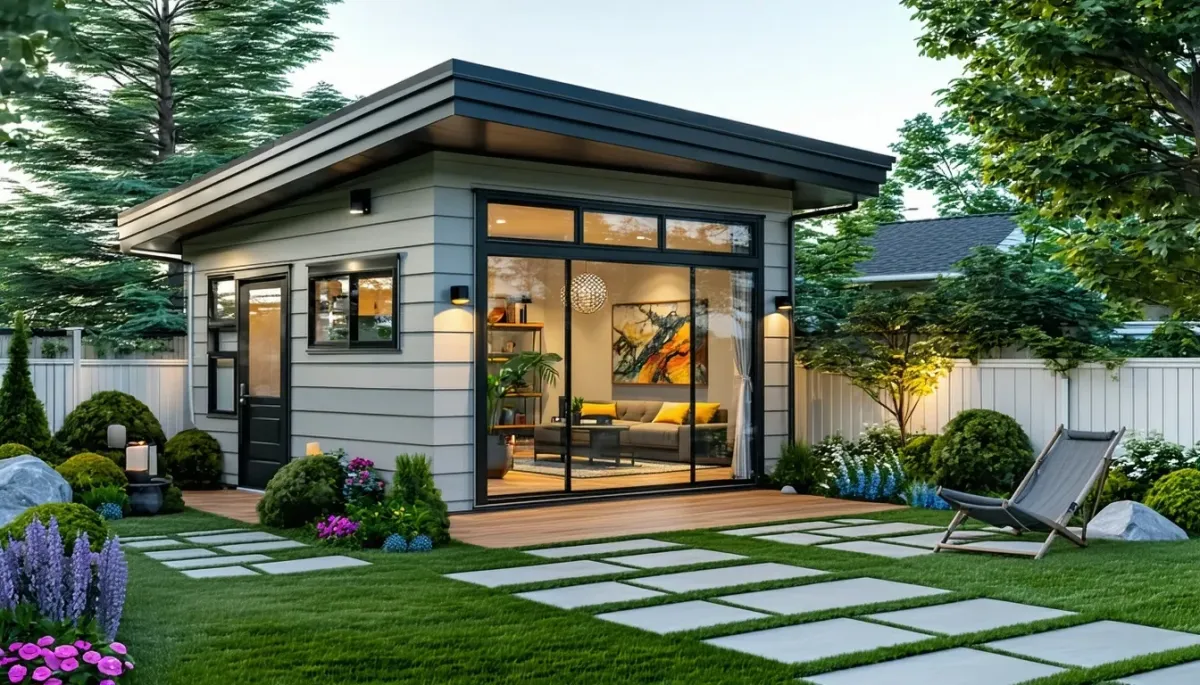
Maximize Your ADU Return on Investment with These Tips
Maximize Your ADU Return on Investment with These Tips
If you’re a California homeowner looking to boost your property’s value and create a steady income stream, you’ve probably heard about ADUs (accessory dwelling units). The adu return on investment can be quite impressive, with many homes seeing a 20–35% increase in overall property value. Curious how to maximize that potential? Let’s explore a few ideas that can help you get a better return while keeping things simple and stress-free.
Understand ADU return on investment
An ADU is more than just an extra suite or backyard flat. In many parts of California, especially in high-demand markets like San Diego, detached or attached ADUs can add significant equity to your home. According to recent market data, homeowners can see property values jump by up to 30% once the ADU is built and ready for tenants. That means if your home was initially worth $700,000, you could be looking at an extra $140,000–$210,000 in value.
Beyond home value, an ADU can also provide long-term rental income. For instance, garage conversions or detached ADUs in popular neighborhoods might net monthly rents of $2,000 to $3,500. Over time, these rental payments can cover permits, construction costs, and give you a sizable return. If you want more insights on statewide planning, be sure to check out adu building trends.
Choose the right design
The design of your ADU plays a major role in how quickly you’ll see positive returns. A comfortable, modern layout appeals to renters and appraisers alike, so it’s best to think about open spaces, practical storage, and energy efficiency.
Detach or attach ADU
Detached ADUs often command higher rents because of extra privacy and separate entrances. If you’re in a city where space is at a premium, an attached ADU could still yield a great return but often costs less to build. Either way, a well-designed unit can increase property value right away. If you need details on which option best fits your property’s rules, check out adu zoning requirements.
Consider a garage conversion
A garage conversion is often the most budget-friendly route, because you’re using an existing structure. Recent data shows that these conversions can cost about 40–50% less than building a freestanding ADU. You’ll typically see rental returns that keep pace with attached or internal units, making them a strong contender for maximizing ROI.
Boost your rental potential
One of the easiest ways to speed up your ADU payback period is to rent it out. Think about how you plan to market the space. Short-term rentals near colleges, hospitals, or tourist zones can generate higher monthly income, though you’ll juggle faster tenant turnover. A long-term lease might offer fewer headaches and a stable monthly check. Whichever you choose, keep your ADU comfortable, well-lit, and fully equipped with basics like a functional kitchen and decent laundry setup.
Focus on California perks
California’s demand for housing is rising, and ADUs fill a crucial gap. Homes in major cities like Los Angeles, San Diego, and San Francisco are increasingly including ADUs because of limited space and high rental demand. From Newport Beach to Sacramento, a well-planned ADU can yield between 5–10% in annual returns, based on local rent prices and construction costs. If you want to ensure you’re covering all the legal angles, you’ll find helpful details in our guide on adu permits and regulations.
Work with ROI-focused builders
Building an ADU can feel intimidating, but that’s where experienced professionals come in. At Olive City Construction, we focus on ADU projects that deliver top-tier investment returns for homeowners. From selecting high-value building materials to designing multi-use spaces that appeal to a broad range of renters, we handle every detail with your bottom line in mind. Our team stays current on California regulations, so you’ll have peace of mind while your project moves forward.
Frequently asked questions
How does an ADU affect my property taxes?
Your property taxes may go up slightly after adding the ADU, but this increase is usually modest compared to the equity boost you gain. Check with local tax authorities for exact rates.Is a detached ADU always more profitable than an attached unit?
Detached ADUs often get higher rental rates, but attached or conversion units can cost less to build. Both can offer solid returns depending on your location and budget.Do I need renters lined up before I build an ADU?
It’s helpful to have a rental plan, but you don’t need renters secured in advance. Once your ADU is finished, you can list it on popular rental forums or local housing sites.How quickly can I recoup my investment?
Many ADU owners see payback times in as little as 3–6 years. The timeline depends on build costs, rental rates, and local market conditions.Can I handle the construction myself to save money?
You can, but you’ll still need professional plans and permits. Going solo without a pro’s guidance could lead to costly mistakes, permit delays, or a lower-quality build.
Your next steps
Ready to get the most out of your ADU investment? Olive City Construction can help you plan and build an ADU that adds value, generates income, and fits your property perfectly.
Contact us today to start your ADU project in Chico or the surrounding areas.
